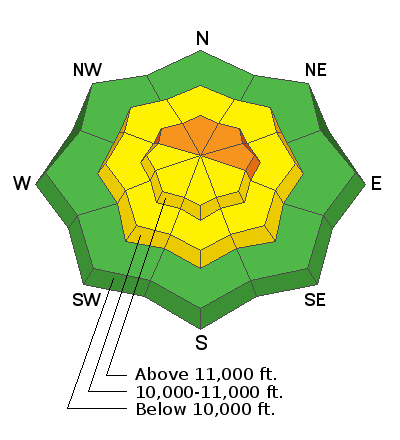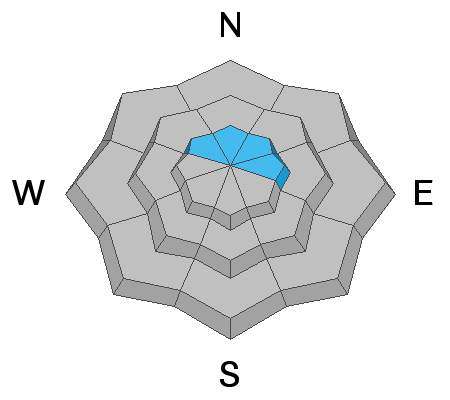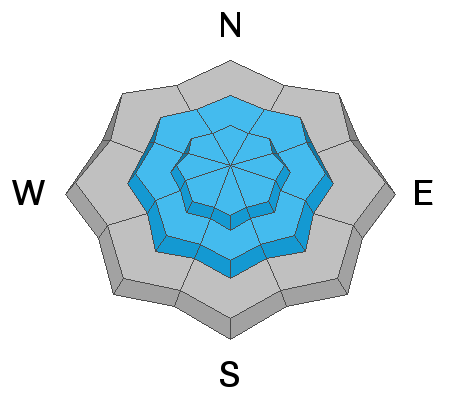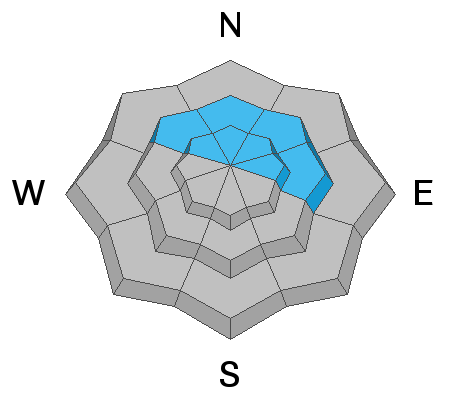Forecast for the Moab Area Mountains

Issued by Eric Trenbeath on
Friday morning, March 13, 2020
Friday morning, March 13, 2020
New snow and wind will create a rising hazard and the avalanche danger will likely reach CONSIDERABLE today. Human triggered avalanches involving new and wind drifted snow will become increasingly more likely as the day progresses. Be on the lookout for fresh wind drifts to form on the leeward sides of ridge crests and terrain features on slopes facing the north half of the compass. If we reach accumulations of more than about 6" human triggered avalanches involving the new snow will be possible on steep slopes on all aspects. On isolated, steep, northerly facing slopes below treeline, the new snow load may begin to affect weak, sugary facets deeper in the snowpack. Be alert to changing conditions and scale back your objectives today until we see what happens.

Low
Moderate
Considerable
High
Extreme
Learn how to read the forecast here









